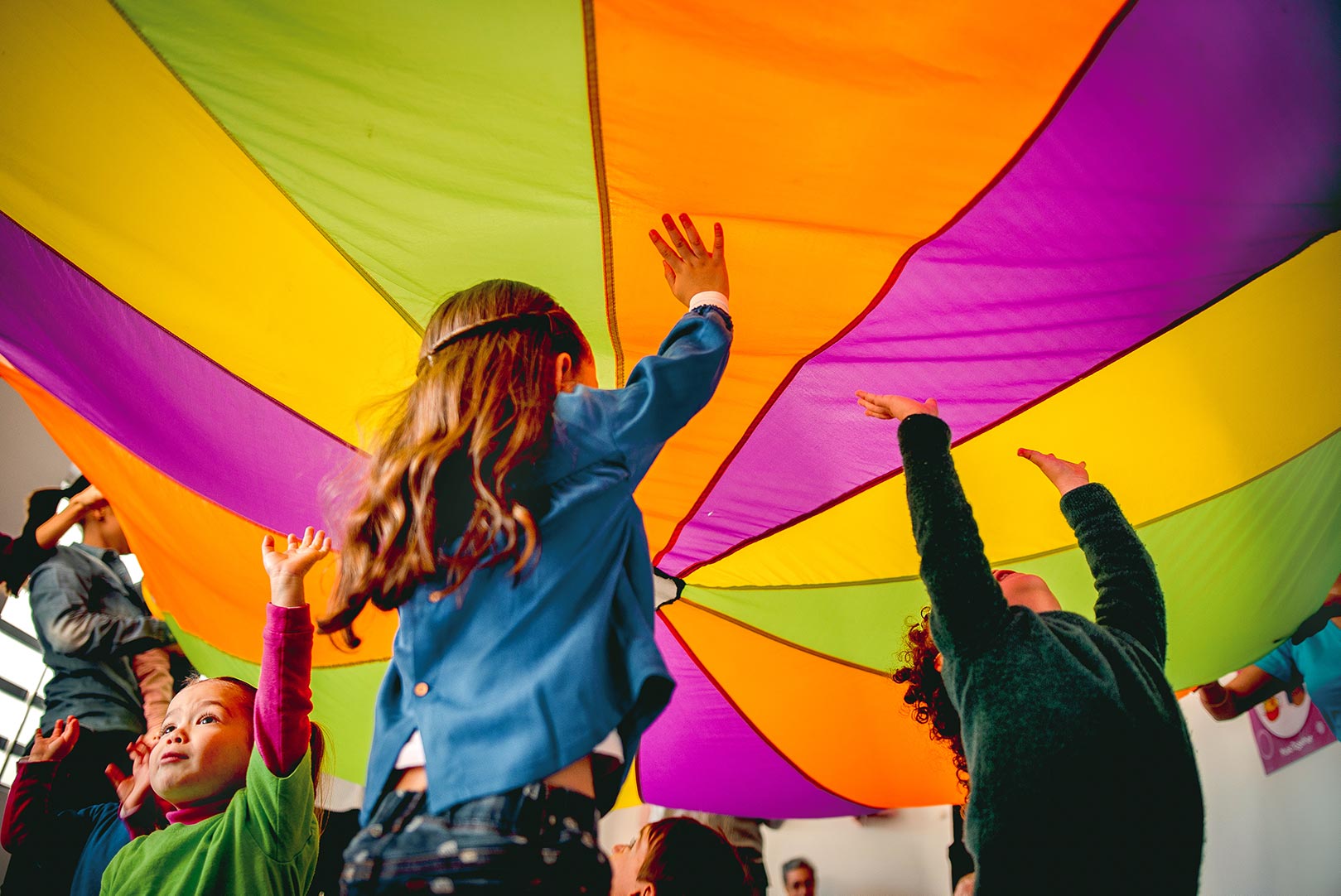
Harmony at Home: How Music Brings Families Together
Finding quality time to spend with family can be a challenge. But what if there was a simple, enjoyable way to connect with your loved ones that also offers numerous benefits? Enter music—a universal language that has the power to bring families closer together. At Music Together Silver Coast, we’ve witnessed countless families strengthen their bonds through the joy of music. Here’s how music can create harmony in your home. Let’s make sure this post hits all the right notes with some musical puns along the way!
1. Creates Shared Experiences
When families make music together, they’re creating shared memories that last a lifetime. Whether it’s singing along to a favorite song in the car, having an impromptu dance party in the living room, or attending a Music Together class, these musical moments become cherished family experiences. You’ll be in perfect harmony, creating a symphony of memories.
2. Encourages Communication
Music provides a unique way for family members to communicate and express themselves. For young children who are still developing language skills, music offers an alternative means of expression. For older family members, it can be a way to connect across generations. Everyone will be singing from the same songbook, finding new ways to connect.
3. Builds Family Traditions
Incorporating music into family routines and celebrations can create lasting traditions. From bedtime lullabies to holiday carolling, these musical traditions become an integral part of family identity and culture. Your family will have a repertoire of beautiful traditions that resonate through the years.
4. Promotes Bonding
The act of making music together—whether singing, playing instruments, or dancing—releases oxytocin, often called the “bonding hormone.” This can help strengthen emotional connections between family members. You’ll be tuning into each other and striking the right chord of togetherness.
5. Provides a Screen-Free Activity
In our digital age, music offers a wonderful opportunity for screen-free family time. It encourages active participation and interaction, unlike passive activities like watching TV. You’ll be able to dance to the beat of your own drum, enjoying quality time without the screen.
6. Enhances Family Dynamics
Music can help balance family dynamics. In a musical setting, everyone is equal—age and ability levels become less important as everyone contributes in their own way. You’ll find that everyone has a part to play in your family’s ensemble.
7. Relieves Stress
Family sing-alongs or dance sessions can be a great way to relieve stress and tension. Music has been shown to reduce cortisol levels and increase feelings of happiness and well-being. You’ll be hitting the high notes of happiness together.
8. Supports Learning Together
When families learn music together, it creates a supportive learning environment. Parents model the joy of learning, and children feel encouraged to explore and experiment without fear of judgment. You’ll be composing a beautiful learning journey together.
9. Benefits of Outdoor Sessions
At Music Together Silver Coast, we offer outdoor sessions that combine the joys of music with the benefits of nature. These sessions provide a unique setting where families can:
- Enjoy fresh air and sunlight
- Experience the calming effects of nature
- Connect with the natural world through songs about animals, plants, and seasons
Our outdoor sessions strike a natural chord, offering a refreshing change of scenery and enhancing the overall musical experience. It’s a perfect way to blend the harmony of music with the tranquillity of nature.
At Music Together Silver Coast, our programs are designed with family togetherness in mind. We believe that music-making isn’t just for children—it’s for everyone in the family. Our classes provide a joyful, supportive environment where families can connect, learn, and grow together through music.
Ready to bring more musical harmony into your family life? Join us for our upcoming Autumn courses—the Fiddle Collection for ages 0-4 and the Hippo Collection for ages 5-8. Let’s make music and memories together!
#MusicEducation #MusicForKids #KidsMusic #EarlyChildhoodEducation #LearningThroughMusic #MusicAndLearning #FamilyTime #ParentingTips #FamilyActivities #ParentingHacks #FamilyBonding #MusicTogetherPortugal #SilverCoastMusic #MusicTogetherSilverCoast #OutdoorLearning #NatureEducation #OutdoorActivities
References:
[1] Mehr, S. A. (2014). Music in the home: New evidence for an intergenerational link. Journal of Research in Music Education, 62(1), 78-88. https://doi.org/10.1177/0022429413520008
[2] Cirelli, L. K., Jurewicz, Z. B., & Trehub, S. E. (2020). Effects of maternal singing style on mother–infant arousal and behavior. Journal of Cognitive Neuroscience, 32(7), 1213-1220. https://doi.org/10.1162/jocn_a_01402
[3] Barrett, M. S. (2009). Sounding lives in and through music: a narrative inquiry of the ‘everyday’ musical engagement of a young child. Journal of Early Childhood Research, 7(2), 115-134. https://doi.org/10.1177/1476718X09102645
[4] Pearce, E., Launay, J., & Dunbar, R. I. (2015). The ice-breaker effect: Singing mediates fast social bonding. Royal Society Open Science, 2(10), 150221. https://doi.org/10.1098/rsos.150221
[5] Robb, M. B., Bay, W., & Vennegaard, T. (2018). The new normal: Parents, teens, and mobile devices in the United Kingdom. Common Sense Media.
[6] Ilari, B. (2016). Music in the early years: Pathways into the social world. Research Studies in Music Education, 38(1), 23-39. https://doi.org/10.1177/1321103X16642631
[7] Fancourt, D., & Finn, S. (2019). What is the evidence on the role of the arts in improving health and well-being? A scoping review. World Health Organization. Regional Office for Europe.
[8] Pitts, S. E. (2016). Music, language and learning: Investigating the impact of a music workshop project in four English early years settings. International Journal of Education & the Arts, 17(20).
